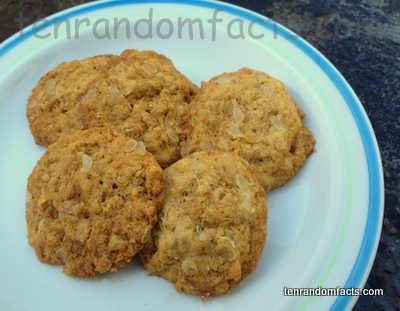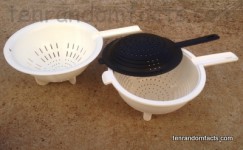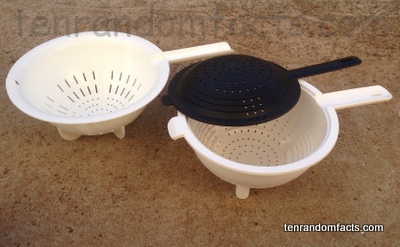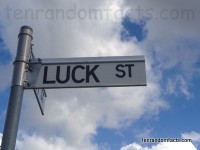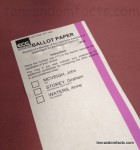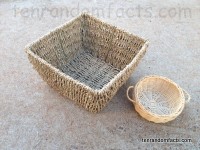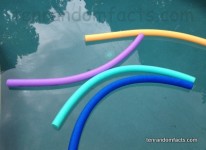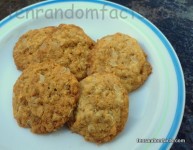
Do you call it a biscuit or a cookie?
- Cookies are food items that are made usually by baking a mixture of flour and other ingredients in an oven, and they are commonly eaten as a snack.
- In Britain and other European countries, ‘cookies’ are typically called ‘biscuits’, while the American versions of ‘biscuits’ are known as ‘scones‘ elsewhere, and the term may also refer to ‘crackers’.
- The word ‘cookie’ comes from the Dutch word ‘koekje’, meaning ‘little cake’, while ‘biscuit’ comes from the word ‘bescuit’ which means ‘twice cooked’ when translated from Old French.
- Cookies, or biscuits, were originally used as easily transportable food items, and they were commonly used as a staple food when at sea, especially in the British Royal Navy.
- Cookies are available in a wide variety of shapes and colours, although they are typically coloured brown, tan or white, and they can be made at home or purchased in supermarkets.
- Biscuits, or cookies, were originally baked at least twice, and sometimes more, making them very hard, to increase their durability and to decrease their spoilage properties, and as a result extend their storage life.
- In 600 AD, the Persian community were making sweeter and softer cookies and biscuits, compared to the original hard, dry and bland versions evident around that time.
- Cookies are most commonly a rough circular or rectangular shape, often around 5 centimetres (2 inches) across, although they are often made larger or smaller.
- Butter or oil, sugar, flour, and egg are common ingredients for making modern cookies or biscuits, with fillings and/or coatings common, using foods including chocolate, nuts, fruit and jams.
- Biscuits were originally often dunked in a hot beverage or other liquid, so that they became soft enough to eat easily, and this practice is not uncommon today, even though modern cookies are generally much softer and only baked once.
Bibliography:
Biscuit, 2015, Wikipedia, http://en.wikipedia.org/wiki/Biscuit
Cookie, 2015, Wikipedia, http://en.wikipedia.org/wiki/Cookie
Olver L, Food Timeline: cookies, crackers & biscuits, 2015, Food Timeline, http://www.foodtimeline.org/foodcookies.html





